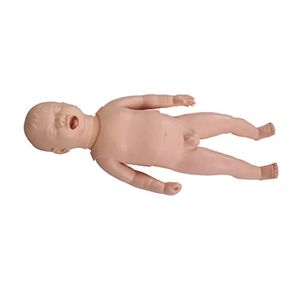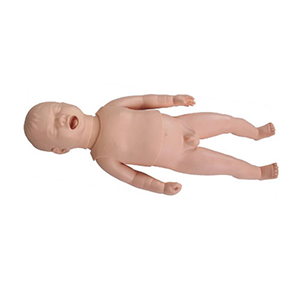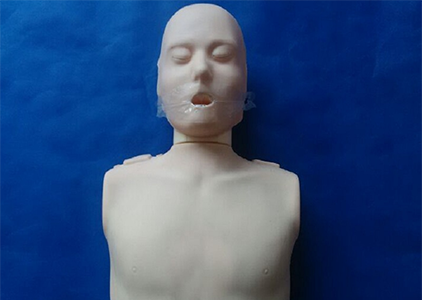
With the continuous development of nursing technology for premature infants, the medical industry is demanding more and more care for premature infants. Especially for 24-week preterm infants, their physiological characteristics and care needs are unique and complex. As a teaching tool, can the 24-week preterm baby model accurately simulate these special needs and help medical staff conduct efficient training?
1. Accurately simulate the physiological characteristics of premature babies
Babies born prematurely at 24 weeks are usually very light weight, have thin and vulnerable skin, an underdeveloped respiratory system, and are at high risk of multiple complications. By highly reproducing the appearance, body type and physical characteristics of preterm babies, these models can provide a near-realistic training environment for health care workers. For example, the weight of the model, skin texture, skin elasticity, etc., are precisely designed so that the trainees can experience the vulnerability of a premature baby when operating.

2. Simulated nursing operation
Care for premature infants requires special care, including a range of operations such as warmth maintenance, respiratory support, and feeding. The 24-week preterm infant model was designed to simulate these care operations and provide the necessary physiological feedback. For example, models can simulate health problems common to premature babies such as apnea, hypothermia or mild convulsions. Students can practice responding to these emergencies in a simulated environment, improving operational accuracy and resilience.
3. Data support and real-time feedback
Modern models of 24-week preterm babies often have integrated data collection and feedback systems that record every step of the trainee's operation and provide real-time feedback on the accuracy of the operation. For example, the model can analyze whether the trainees have correctly implemented airway management, whether they have timely temperature control, and give specific suggestions for improvement. According to a study in the Journal of Pediatrics, participants who trained with this high-tech model experienced a 40 percent reduction in errors in actual care and were able to handle emergency care tasks for premature babies more confidently.
Sum up
The 24-week preterm baby model provides a highly realistic learning platform by simulating the physiological characteristics and nursing needs of preterm babies. Combined with data support and real-time feedback, healthcare professionals can practice without risk to accurately master the skills of caring for preterm babies. As technology continues to advance, these models will not only help improve the efficiency of care, but also support the standardization of care for premature babies worldwide.







Sophie Asveld
February 14, 2019
Email is a crucial channel in any marketing mix, and never has this been truer than for today’s entrepreneur. Curious what to say.
Sophie Asveld
February 14, 2019
Email is a crucial channel in any marketing mix, and never has this been truer than for today’s entrepreneur. Curious what to say.